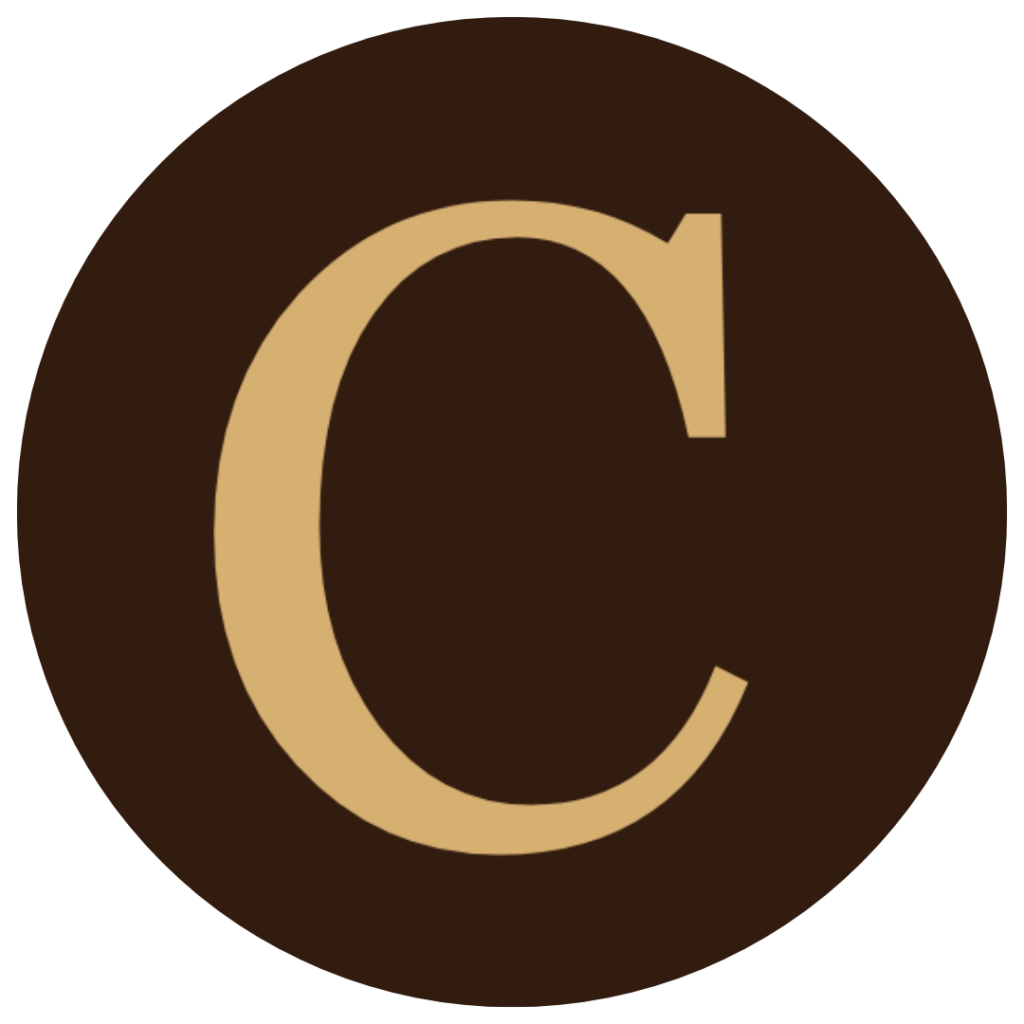Choosing a step and repeat banner is a significant investment in your event’s marketing plan and visual appeal. While many people concentrate on what they should do, success also depends on knowing what not to do. Typical errors may result in disappointing outcomes, resource waste, and lost brand exposure possibilities. You can ensure your step and repeat banner fulfills your requirements and produces the premier results by recognizing and avoiding these traps early in the selection process. Let’s examine five crucial errors to steer clear of while selecting your banner.
1. Compromising Material Quality for Short-Term Savings
One of the enterprises’ expensive errors is prioritizing short-term cost reductions over material quality. The temptation to choose less costly solutions sometimes results in banners made of subpar materials that fade, wrinkle, or show wear fast after little use. These sacrifices show up in photos, where subpar materials might cause glare, inconsistent color, or obvious flaws that take away from the polished appearance of your business. What at first glance appears to be a wise financial choice frequently results in increased long-term expenses due to required replacements and missed marketing chances.
Material compromise affects useful functioning in addition to appearance. Poor wrinkle resistance is a common feature of lower-quality textiles, which makes storing and transit more difficult. Their adaptability in various settings and locations may be limited by their poor color reproduction in varied lighting circumstances. Furthermore, subpar materials need more endurance for frequent setup and breakdown, resulting in early degradation and replacement requirements. Using high-quality materials promotes better performance and a longer lifespan.
2. Neglecting Photography-Specific Design Requirements
When choosing banners, ignoring how design components will look in photos is a typical mistake. Businesses frequently select designs that appear great in person but don’t photograph well because of poor logo size, spacing, or color selections. This error is most noticeable when posting photographs on social media, which may appear in different resolutions and sizes. Logos that are too big or tiny, incorrect element spacing or colors that blend or clash in images can greatly reduce the usefulness of the banner as a marketing tool.
The design stage necessitates thorough consideration of the technical elements of photography performance. Ignoring elements like contrast, color balance, and flash reflection may lead to useless or subpar shots that damage your company’s reputation. Before final production, many businesses fail to test their design in various lighting and camera settings. This mistake may result in unsatisfactory outcomes when the banner is utilized in real-world settings, especially during evening events or in locations with difficult lighting.
3. Disregarding Event-Specific Requirements
Many organizations choose a banner without carefully weighing the venue’s limitations and the needs of their particular event. This includes not considering various locations’ illumination, space constraints, or ceiling heights. An ideal banner in one context could be inappropriate in another, which could cause setup issues or a less-than-ideal display. This omission may lead to last-minute changes or the need for different approaches, resulting in extra costs and needless stress.
This error also includes failing to consider the needs of various kinds of events. A banner made for a trade fair might not be suitable for casual get-togethers or red carpet occasions. Organizations frequently need to pay more attention to elements like crowd mobility patterns, photography zones, and event duration when choosing their banner. Poor traffic flow, insufficient picture chances, or banner placement that doesn’t optimize visibility and engagement may all result from disregarding event-specific requirements.
4. Overlooking Hardware and Support System Details
The significance of appropriate hardware and support systems is often overlooked when choosing banners. Organizations frequently overlook the supports, frames, and assembly processes that hold the banner in place in favor of concentrating just on the banner itself. This neglect may result in stability problems, challenging setup procedures, or even safety risks during events. Banner drooping, uneven surfaces, or setup failures due to inadequate hardware can damage your business image.
Another factor that is sometimes overlooked is the hardware systems’ mobility and storage needs. Without considering the practical implications for their event workers, organizations may choose solutions that are too complicated, bulky, or challenging to carry. This may lead to longer setup times, more expensive labor, and possible banner damage during assembly and transit. Furthermore, poor storage options might shorten the banner’s and its support system’s useful life by causing early wear and tear.
5. Insufficient Brand Identity Integration
Many firms mistakenly regard step and repeat banners as separate marketing components instead of integral parts of their brand identity. Inconsistent color schemes, antiquated logos, or design components that deviate from contemporary brand standards can all be signs of this disconnect. The ensuing visual disarray may need to be clarified for viewers and lessen the overall effect of your branding initiatives. In today’s multi-channel marketing world, when consistency across all touchpoints is essential, this error is especially troublesome.
Conclusion
Avoiding these typical errors when choosing step-and-repeat banners or retractable banners may greatly impact the effectiveness of your event marketing initiatives. By being aware of these potential issues and avoiding them, organizations can make more informed decisions and improve their results.
Published by: Holy Minoza









